I want to even out the partition size of rdds/dataframes in Spark to get rid of straggler tasks that slow my job down. I can do so using repartition(n_partition), which creates partitions of quite uniform size. However, that involves an expensive shuffle.
I know that coalesce(n_desired_partitions) is a cheaper alternative that avoids shuffling, and instead merges partitions on the same executor. However, it's not clear to me whether this function tries to create partitions of roughly uniform size, or simply merges input partitions without regard to their sizes.
For example, let's say that the following we have an Rdd of the integers in the range [1,12] in three partitions as follows: [(1,2,3,4,5,6,7,8),(9,10),(11,12)]. Let's say these are all on the same executor.
Now I call rdd.coalesce(2). Will the algorithm that powers coalesce know to merge the two small partitions (because they're smaller and we want balanced partition sizes), rather than just merging two arbitrary partitions?
Discussion of this topic elsewhere
According to this presentation (skip to 7:27) Netflix big data team needed to implement a custom coalese function to balance partition sizes. See also SPARK-14042.
Why this question's not a duplicate
There is a more general question about the differences between partition and coalesce here, but nobody gets there explains whether the algorithm that powers coalesce tries to balance partition size.

